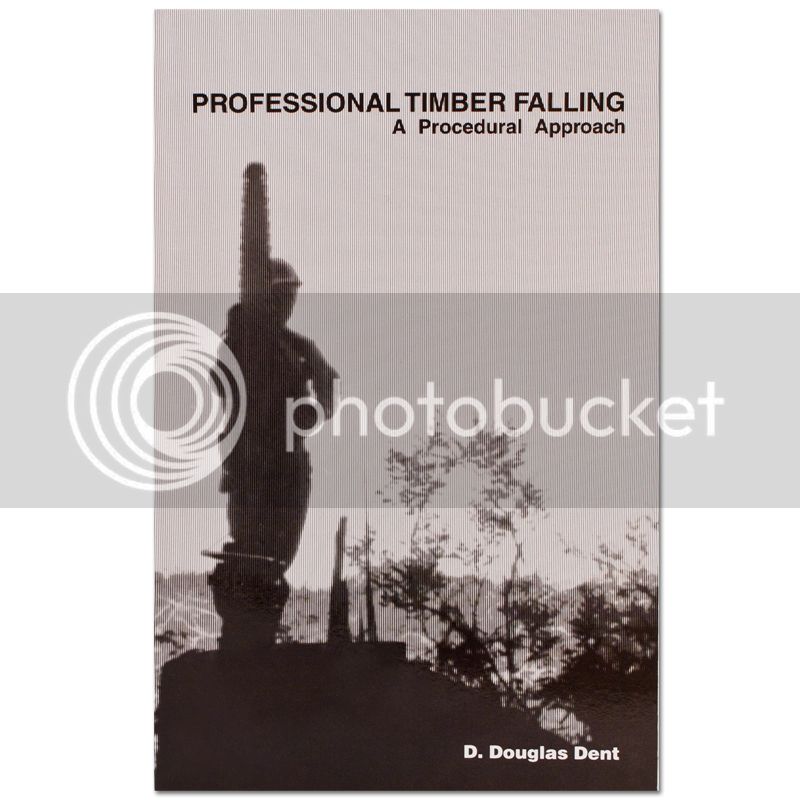This is how I go about making a bore felling cut in the woods; make a notch on the side of the tree that it is leaning toward (trees can be swung to the side of the lean, but I won't go into that here) bore into the tree well back from the hinge, cut toward the hinge until it is the proper thickness, then cut toward and out the back. All cuts are usually made from the same side, often without moving my feet on the smaller (less than two feet diameter).
On really small trees being dropped in the direction of the lean, I often skip the notch and just bore into the middle, cut toward the lean stopping a couple of inches from cutting it off, then cut out the back.
The bit left strips down the stump as the tree falls.
Working in yards close to buildings, cables, snatch blocks, ropes and pulling equipment are generally used to make trees go in directions other than the lean, if necessary.
















































